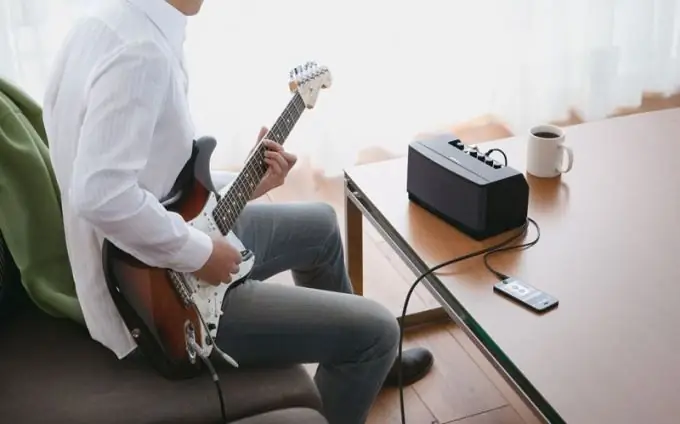Musicians use a guitar preamp to amplify the weak signal coming from a microphone, guitar pickup, or DJ turntable. Choosing a preamplifier is not a simple matter, however, if you know its main characteristics, the task can be greatly simplified.

Preamplifier capabilities
The influence of the preamplifier on the quality of music is difficult to overestimate, since it gives this quality to the original signal by "rocking" the speakers with the help of a power amplifier that increases the voltage and current. Certain preamp models are most suitable for microphone or guitar use, and some equipment of this kind is even used for phonograms or orchestras.
In guitar amps, you can usually find both a preamp and a power amp housed in the same box.
There are different types of preamplifiers, which are either a standalone device or part of a modular system designed for channel processing or console recording. A separate preamplifier is built into the mixing module of the mixing console and is complemented by devices such as a compressor and an equalizer. The use of different types of preamplifiers can overlap in sonic qualities and applications. To make it easier for yourself to choose a preamplifier, you should be guided by the directions in which it will be used.
Choosing a Guitar Preamp
To obtain a rich and rich guitar sound, it is advisable to purchase a tube preamplifier, while a transformer transistor device will provide a bright and loud sound. The transformerless preamplifier is suitable for a transparent and clean sound. A modeling or hybrid preamp with tone controls and variable input impedance will help you achieve tonal diversity. For live recordings, a transistorized multichannel preamplifier is ideal, allowing the sound to be cascaded.
For electric guitars and basses, you can choose any preamp with a high impedance instrument input and one channel.
The most believable and lively sound will help you record a transformerless transistor two-channel preamplifier. Also a multichannel device is perfect for this purpose. For acoustic guitar recording, you should choose any two-channel preamp that also allows you to record high-quality voice for a track. You can purchase any of the above-described device - the main thing is, first of all, focus on your ear and choose the type of preamp that will allow the guitar to sound the way its owner would like.






